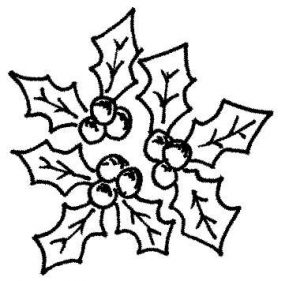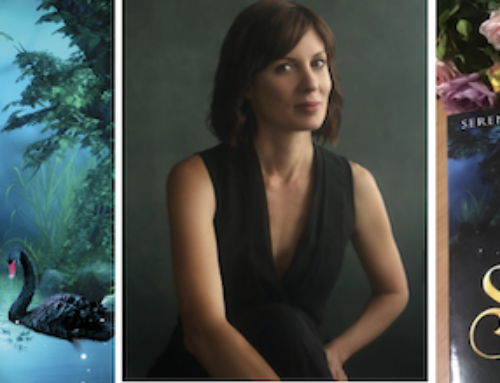 Wishing all my friends in the south a magical, blessed Yule, and those in the north an inspiring, energising summer solstice.
Wishing all my friends in the south a magical, blessed Yule, and those in the north an inspiring, energising summer solstice.
The winter solstice is about the re-emergence of light from the dark, so it is a celebration of the earth – and our – renewal. Symbolically and energetically it’s a time to honour your inner wisdom, consider the lessons you learned during winter’s introspection and integrate them into your life so you can start to initiate change. This festival of hope and renewal is the perfect time to reflect on the past year, to acknowledge the good and the bad, the dreams you fulfilled and the ones you let die, and the things you still hope to achieve. To celebrate your potential and start dreaming of all the things you want to make happen in the coming year. It’s a time for nurturing your heart and soul, listening to its wisdom, tapping in to the subconscious thoughts that have been buried and learning the lessons of the past so you can emerge from your wintry cocoon and take action to manifest your hopes into reality in the new light and energy to come.
To read more about Yule, check out last year’s blog…
Southern Hemisphere Sabbat Times for 2016
(Australian EST time)
Autumn Equinox – March 20, 3:30pm
Winter Solstice – June 21, 08:34am
Spring Equinox – September 23, 00:21am
Summer Solstice – December 21, 09:44pm
There is a lot of great information about the seasons on the Museum Victoria website…
In Australia winter is considered to start on June 1st, whereas in other parts of the world it starts on a different day, and from a nature perspective, with Yule/Midwinter/Winter Solstice marking the middle of winter, it is considered to start at Samhain, which falls around May 4 in the southern hemisphere.
Dr Nick Lomb, Curator of Astronomy at Sydney Observatory, explains: “In Australia winter starts on 1 June. Nobody knows for sure why that is, but it is believed to be due to the NSW Corps changing from winter to summer uniforms on 1 September in the early days of the Colony. In northern hemisphere countries, traditions are different and seasons change according to the equinoxes and solstices. There is no right or wrong date, but whatever works for the country. The Australian scheme with winter spanning June, July and August implies the coldest days are in the middle of July, and that matches observations. So the scheme works well here.”
And why, if the winter solstice marks the turning point of the sun, with each day after that becoming longer, are our coldest days often in July? “There is a lag between midsummer and the hottest days and between midwinter and the coldest days,” Nick says. “This is because in summer the ground, the oceans and the atmosphere all need time to heat up and come into balance between the heat received and the heat radiated. Similarly in winter they need time to cool down and come into balance.”
For more information, visit the Sydney Observatory. Their Facebook page is here.







Get Social